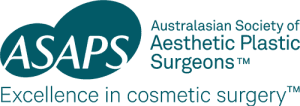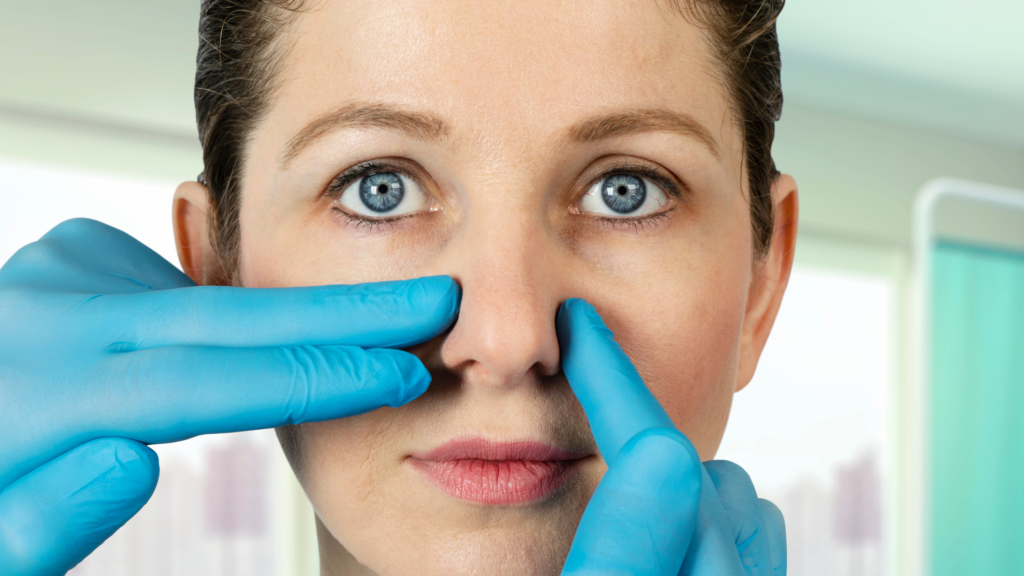By Allan Kalus
If you are self-conscious about your nose, it most probably commenced in your teen years when someone made a teasing, unkind comment. It is amazing how some things stay with us and can affect our self-esteem years later.
Most people start their journey by doing some research on Google. They soon discover that there are some surgeons who advocate an “Open Rhinoplasty” as they say it gives them more control, while others prefer a “Closed Rhinoplasty” because of the reduced scarring. So, which is best for you?
An “Open Rhinoplasty” results in a lot more tip swelling which is long-lasting and results from damage to the arteries, veins and lymphatics in the nasal columella, when it is cut to gain access to the nose. Sometimes this is absolutely necessary, but in my view it should be reserved for complex problems (such as asymmetries) of the nasal tip and the nasal septum.
A “Closed Rhinoplasty” is minimally invasive as it relies on small, strategically placed incisions inside the nose. It provides a precise way of reducing and remodelling the nasal tip, shortening the nose and removing a nasal hump. This is exactly what most of our patients want. There is no visible scarring, much less swelling, no need for nasal packs and it can be done as a Day Case with a fast recovery. Therefore, It is my belief that, unless there is a compelling reason to open the nose, a “Closed Rhinoplasty” is always preferable.
The Consultation
The consultation should always include computerised imaging of your nose. Photographs are taken, uploaded on to a computer and then into an imaging program which allows changes to be made and therefore visualised. The imaging will usually reveal that, in order to obtain a smaller but balanced nose, changes both to the nasal tip and to the nasal hump will be required. Of course the image produced on the screen is not an absolute guarantee of how you will look after surgery but the surgeon should get pretty close. Imaging is a way for the surgeon to show you what is possible and for you to confirm that his proposed result conforms with your expectations.
The Operation
The operation is usually done as a Day Case under a general anaesthetic. Local anaesthetic is also used in the nose so that there should be no pain following surgery. The operation takes about an hour and you should be ready to go home after 2-3 hours. You will be wearing a small plaster shield (to protect your nose) and have a small piece of gauze taped to your nostrils just in case there is any bleeding. Nasal packs are not normally required. You can expect a little bruising of your lower eyelids but only minimal discomfort. Once you get home it is best to rest sitting upright in a chair or in bed.
Post-operative Recovery
We like to see all our patients the following day, just to clean the nostrils and ensure that you are starting to breathe normally. You receive your second LED Light Therapy (the first is given the day before surgery) as we find this helps minimise bruising and therefore hasten recovery. Although you are feeling quite well, it is best to refrain from any strenuous activity in the first week as this could cause bleeding.
After seven days the nasal plaster is removed revealing your new nose! Although it is still a little swollen, the changes will be obvious! You can expect the swelling gradually to subside over the next few months. Many of our patients tape their nose at night to reduce the swelling that occurs when you lie down.
Revision Surgery
Revision surgery is rarely required. Any irregularities that become apparent during the healing process are often treated with an injection of collagen. This usually provides a permanent solution.
Allan Kalus
FRCS, FRCS(Ed) FRACS
Plastic and Reconstructive Surgeon

